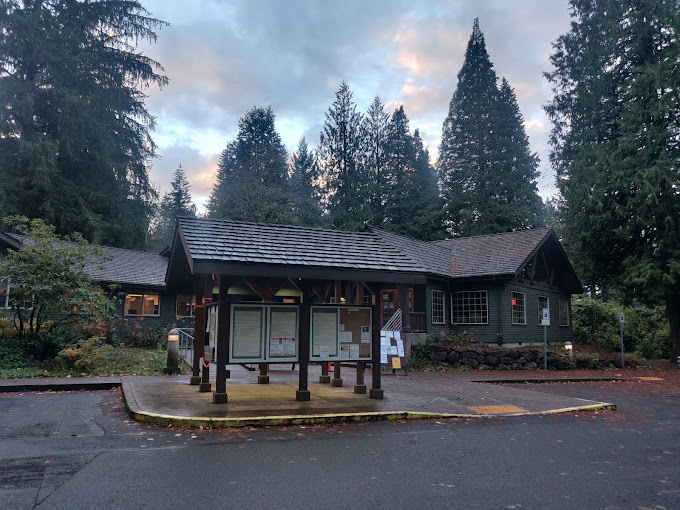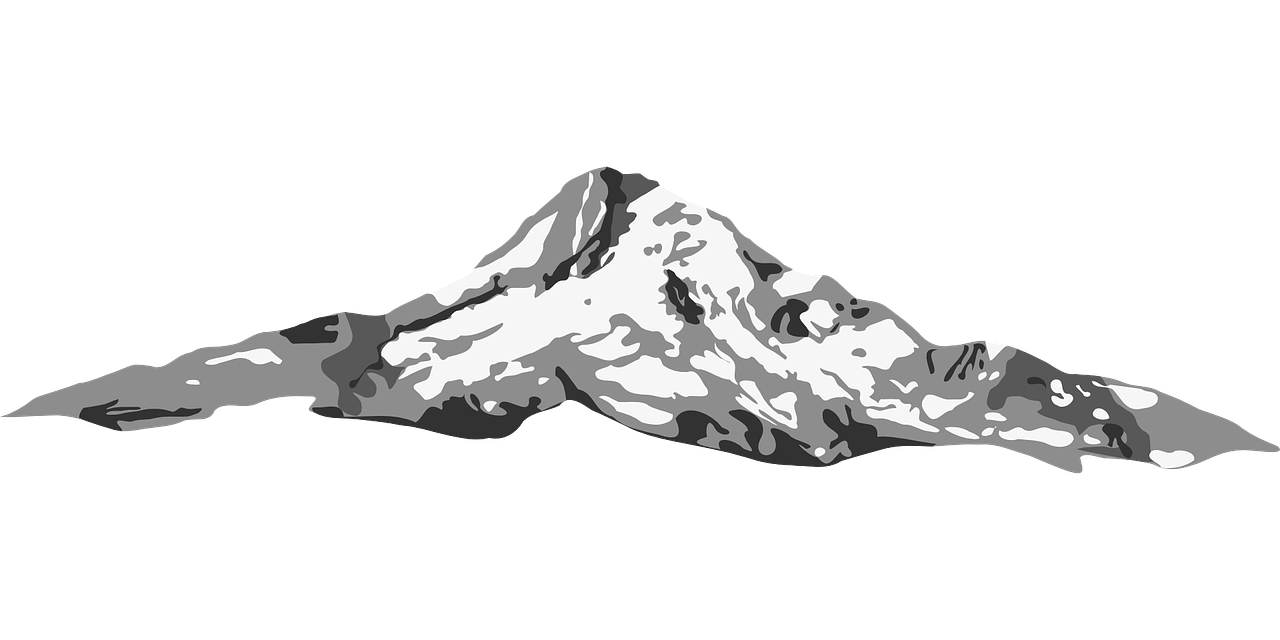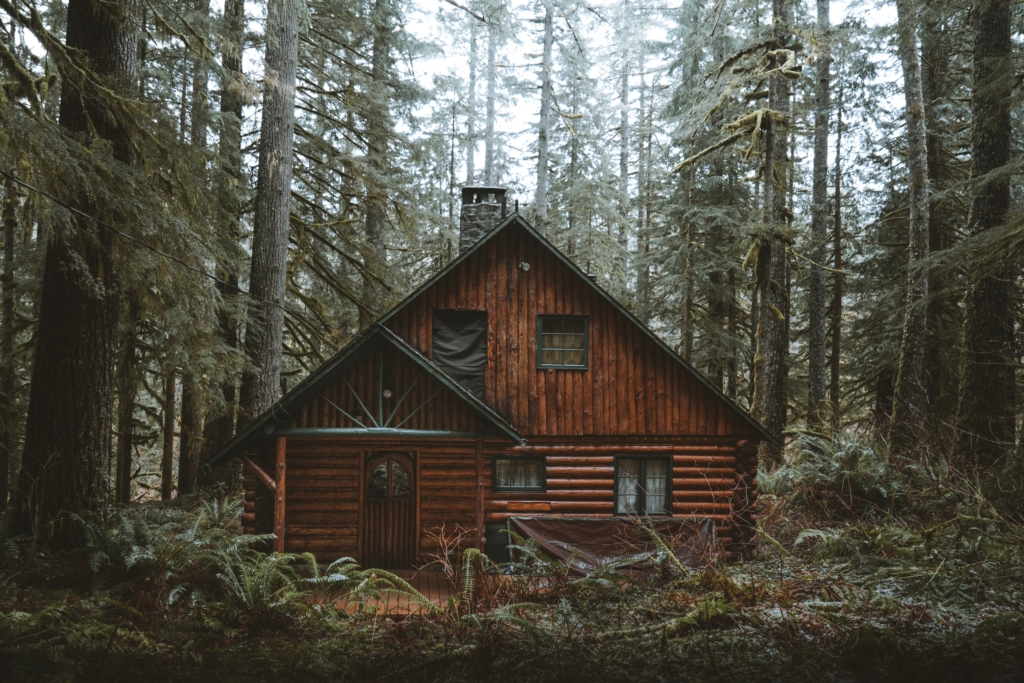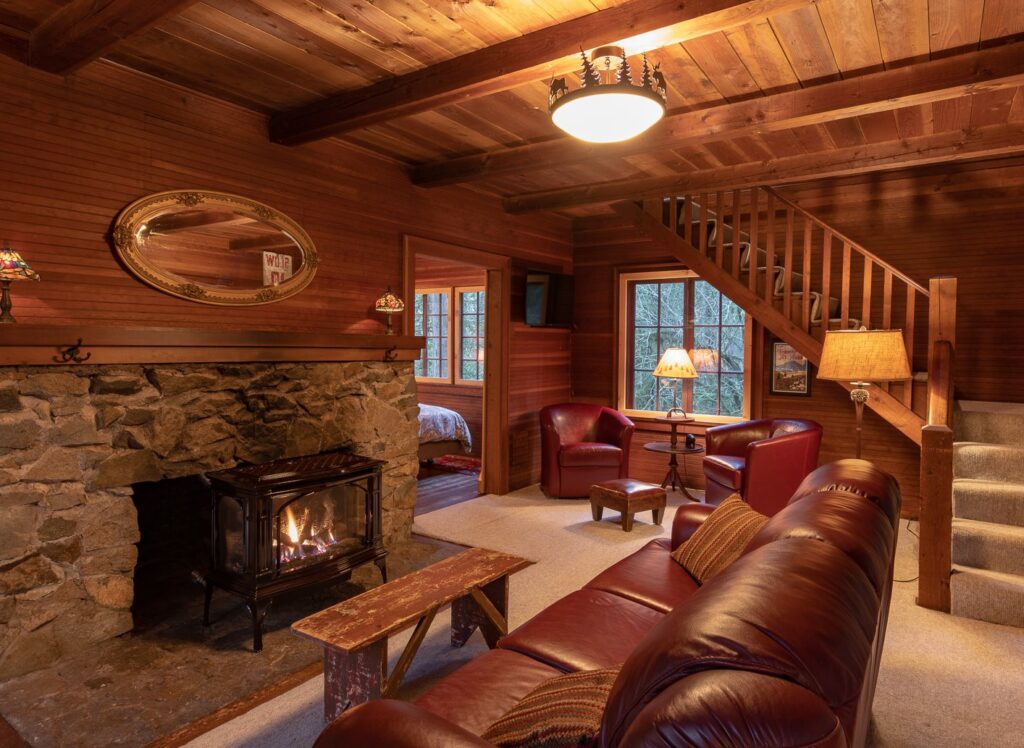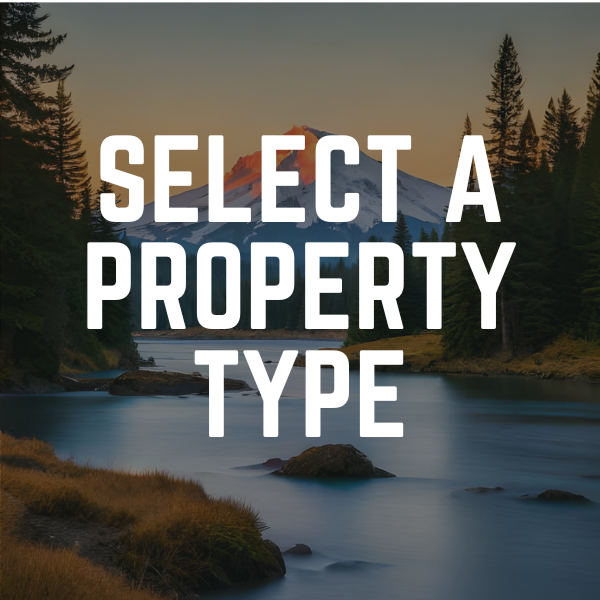GuideLines For Owning a Leased Land Cabin Near Mt.Hood National Forest
Owning a leased land cabin near Mt. Hood National Forest offers a unique opportunity to enjoy nature and escape from the hustle and bustle of daily life. However, as an owner of a Forest Service cabin, it is important to understand the guidelines and regulations that come with your property. Here are some key points to keep in mind:
Leased Land
The land on which your cabin sits is leased from the U.S. Forest Service, which means that you will need to follow specific guidelines set by the Forest Service in order to maintain and use your cabin. It is important to understand the terms of your lease agreement and to ensure that you are in compliance with all regulations.
Usage Restrictions
Forest Service cabins are intended for recreational use and cannot be used as primary residences. Additionally, there may be restrictions on the number of days per year that the cabin can be occupied. These regulations are in place to ensure that the cabins are used for their intended purpose and to prevent overuse of the forest.
Construction Regulations
If you plan to make improvements or alterations to your cabin, you will need to obtain approval from the Forest Service in advance. There may be restrictions on the types of materials that can be used in construction, and the use of certain appliances, such as wood stoves, may be restricted in order to protect the environment and maintain the safety of the area.
Environmental Regulations
As a cabin owner, you will be required to follow guidelines related to waste disposal, wildlife management, and other environmental issues. It is important to follow these regulations in order to preserve the natural beauty of the area and to ensure that the forest remains a healthy ecosystem for generations to come.
By understanding and following these guidelines and regulations, you can enjoy your leased land cabin near Mt. Hood National Forest while also contributing to the sustainability and preservation of the forest.
Fees
There are fees associated with owning a Forest Service cabin on leased land, including a lease fee based on the appraised value of the land and annual maintenance fees. These fees help to maintain the infrastructure of the area, including roads, water systems, and other facilities.
Limitations of Leased Land Cabins near Mt.Hood National Forest
While owning a leased land cabin near Mt. Hood National Forest can be a great way to enjoy the beauty of nature, there are some limitations to keep in mind. Here are a few examples:
Seasonal access: Depending on the location of the cabin, you may only have seasonal access to the property. For example, if the cabin is located in a high-elevation area, it may be inaccessible during the winter months due to snow. It snows alot up here in the winter so plan ahead!
Restrictions on use: As mentioned above, there may be restrictions on how the cabin can be used. For example, you may not be able to use the cabin as a primary residence, or you may be limited in the number of days per year that you can use the property.
Maintenance requirements: As the owner of a leased land cabin, you’ll be responsible for maintaining the property and ensuring that it meets all forest service requirements. This can be a significant time and financial commitment, depending on the condition of the cabin and the surrounding land.
Lease renewals: When your lease agreement expires, you’ll need to renew the lease with the forest service in order to continue using the property. This process can be time-consuming and may involve additional fees.
Overall, while owning a leased land cabin near Mt. Hood National Forest can be a wonderful way to enjoy the beauty of nature, it’s important to carefully consider the limitations and responsibilities that come with owning this type of property.
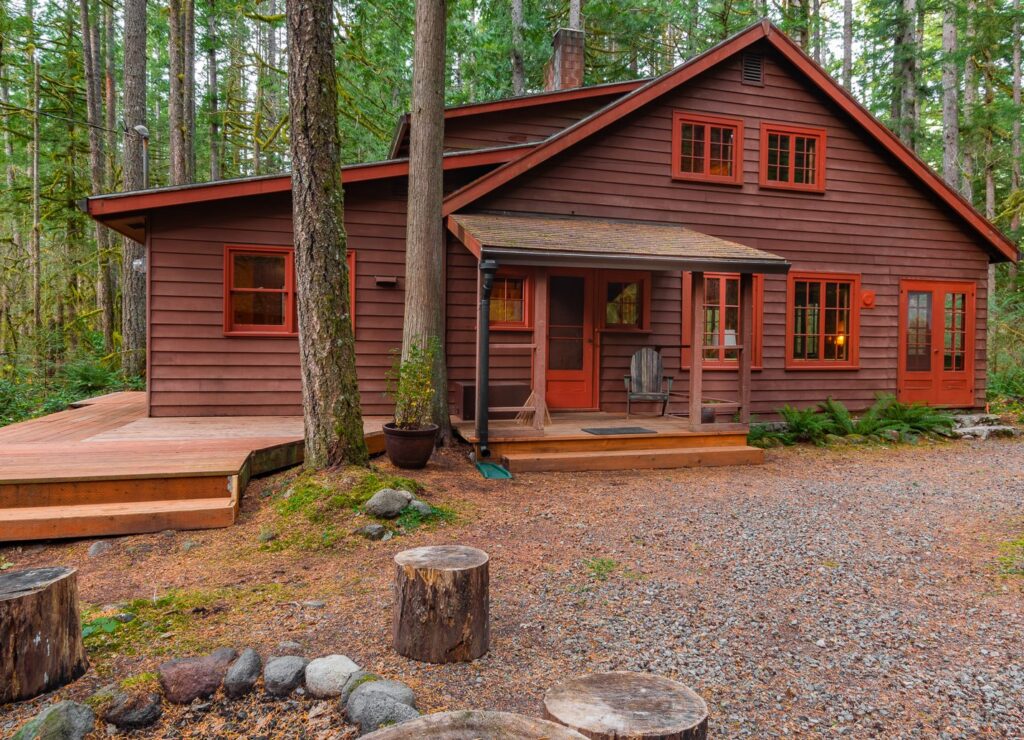
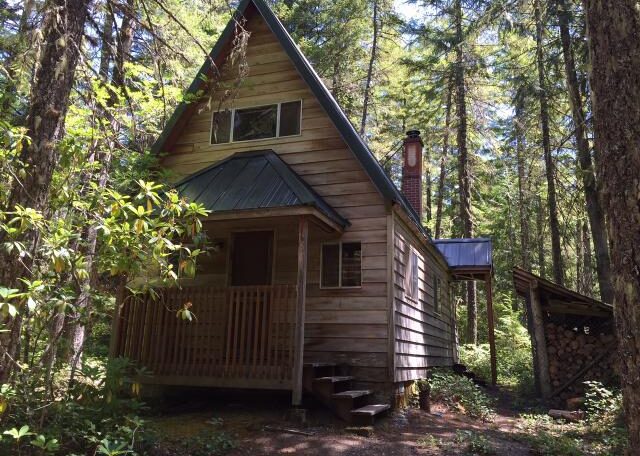
What to Expect from a Leased Land Cabin near Mt.Hood National Forest?
If you’re considering a stay in a leased land cabin near Mt. Hood National Forest, here’s what you can expect:
Comfortable accommodations: Despite being located in the heart of nature, leased land cabins offer all the comforts of home. Most cabins are fully equipped with a kitchen, bathroom, and sleeping quarters, ensuring a comfortable stay for you and your family or friends.
Stunning natural surroundings: Leased land cabins are located in some of the most beautiful natural settings in the country. From sweeping mountain views to tranquil lakes and streams, you’ll be surrounded by the wonders of nature throughout your stay.
Access to outdoor activities: Whether you’re looking to hike, fish, ski, or simply explore the beauty of Mt. Hood National Forest, leased land cabins put you right in the heart of the action. With easy access to trails, lakes, and other outdoor amenities, you’ll be able to enjoy all the outdoor activities that the region has to offer.
A unique and authentic experience: Staying in a leased land cabin is a unique and authentic experience that allows you to connect with nature and truly immerse yourself in the beauty of the forest. Whether you’re looking to escape the hustle and bustle of everyday life or simply want to enjoy a cozy retreat with family and friends, leased land cabins near Mt. Hood National Forest offer the perfect escape.
FAQs about Leased Land Cabins near Mt.Hood National Forest
Q: What is a leased land cabin? A: A leased land cabin is a property that is owned by an individual but sits on land that is leased from the U.S. Forest Service. The owner is responsible for maintaining the cabin and paying lease and maintenance fees.
Q: What are the advantages of owning a leased land cabin near Mt. Hood National Forest? A: Owning a leased land cabin near Mt. Hood National Forest allows you to enjoy the beauty of nature, access outdoor activities, and escape from the stresses of daily life. It also provides a unique and authentic vacation experience.
Q: Are leased land cabins near Mt. Hood National Forest expensive? A: The cost of purchasing a leased land cabin near Mt. Hood National Forest can vary depending on the location, size, and amenities of the cabin. However, many cabins are quite affordable and offer an excellent value for the money.
Q: Can leased land cabins near Mt. Hood National Forest be used as primary residences? A: No, Forest Service cabins are intended for recreational use only and cannot be used as primary residences. There may be restrictions on the number of days per year that the cabin can be occupied.
Q: What are the lease and maintenance fees associated with owning a leased land cabin? A: Lease fees are based on the appraised value of the land and are paid annually. Maintenance fees are also paid annually and cover the cost of maintaining the infrastructure of the area.
Q: Can I make improvements or alterations to my leased land cabin? A: Yes, but any changes must be approved by the Forest Service in advance. There may be restrictions on the types of materials that can be used in construction, and the use of certain appliances may be restricted.
Q: What environmental regulations do I need to follow as a cabin owner? A: You will be required to follow guidelines related to waste disposal, wildlife management, and other environmental issues. These regulations are in place to preserve the natural beauty of the area and to ensure the sustainability of the forest.
Q: Can I rent out my leased land cabin near Mt. Hood National Forest? A: Yes, you can rent out your cabin for up to 14 days per year. However, the Forest Service may require you to obtain a permit in order to do so. It is important to check with the Forest Service and understand the regulations regarding renting out your cabin before doing so.
Links:
